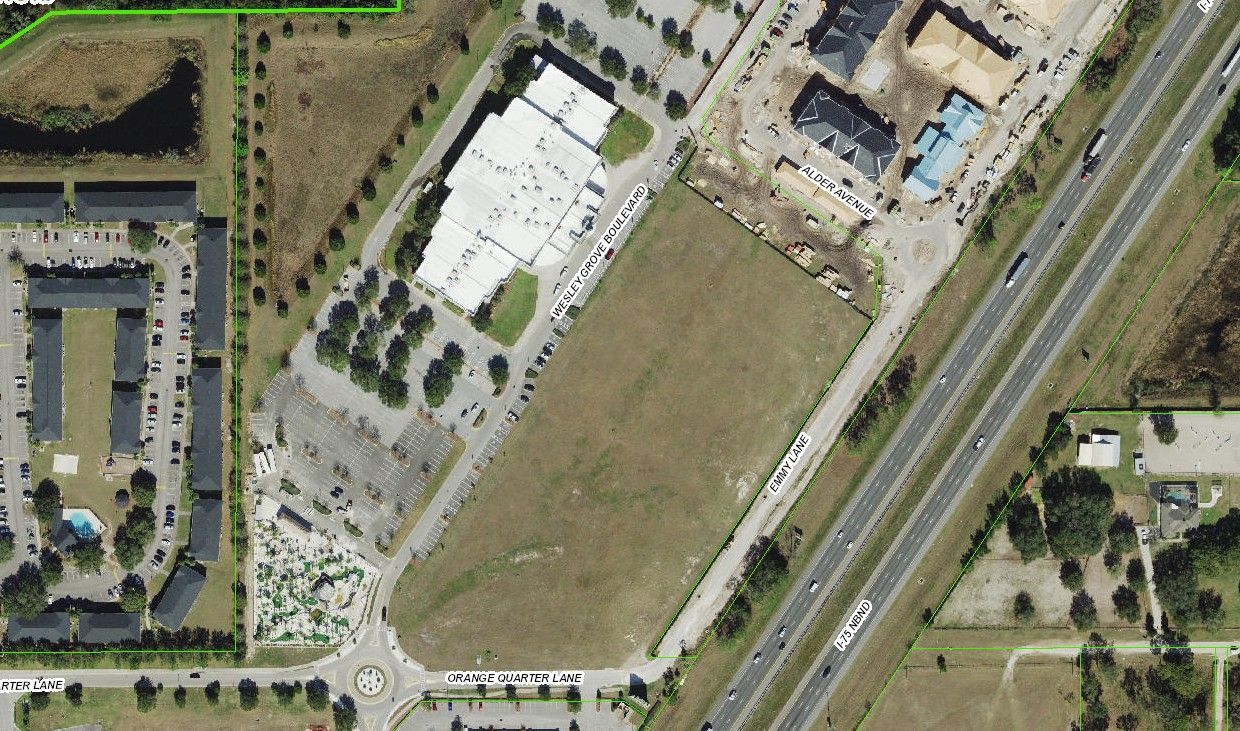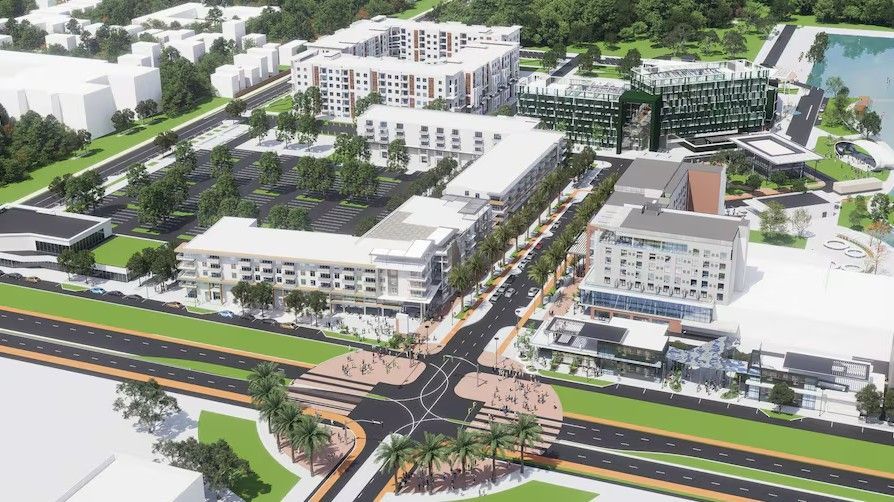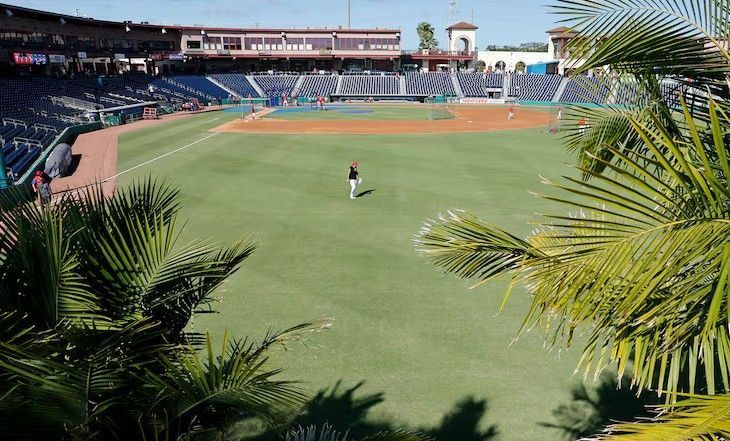State Representatives Pitch a Fix for Floridians & Homeowners Insurance
Representatives Spencer Roach (Fort Myers) and Hillary Cassel (Dania Beach) have proposed to lawmakers in Tallahassee that state-run Citizens Property Insurance Corp. should cover wind claims for anyone in the state who would want the option.
Roach has personal experience with hurricane damage as his home was destroyed by Hurricane Ian, and Cassell is a lawyer who used to work for insurers and now represents homeowners. Roach said, “These premiums that people would pay for this coverage would continue to build and build and build and could be used subsequently to pay off these claims instead of having those profits siphoned off to either another corporate entity or management company," he said. "Then those collateral reserves are not there when the claims need to be paid out. That's the problem we’re experiencing in Florida. You would not have that problem if you had universal wind coverage under Citizens”.
According to Roach the concept has been used in California and Texas, and when claims were only provided for natural disasters and left the rest to the private market, rates dropped like a stone. Tim Cerio, CEO of Citizens said that the proposal would increase the reinsurance costs by 645%, from $650 million last year, to $5.6 billion.
Cerio said of the proposal, "This is a very different change in direction that would fundamentally change the mission of Citizens, the bottom line to all of these points is that assessments, or the potential for assessments, is going to increase exponentially."
Both Roach and Cassel have said predictions of massive reinsurance costs are overblown. Cassel specifically stated “Now is our opportunity to create a program where Florida saves Florida, we protect our neighbors, and we create a fund that will be there for us and a rainy day when these insurance companies leave us high and dry."
Some lawmakers are not keen on the idea. Florida CFO Jimmy Patronis said he does not believe it is a good idea. The bill is not scheduled for any committees at this time however both Roach and Cassel have said they will continue to discuss it because it is a problem that’s not going away.
The Citizens’ board, made up of political appointees, has not yet taken a position on the idea. Cerio has continuously cautioned that a major storm could leave the state on the hook for billions in assessments, which are then levied onto all Floridians with auto or home insurance policies.
A similar idea was brought up nearly 15 years ago. The idea that was brought up in 2006 by Rep. Don Crane was to combine Citizens’ and the Florida Hurricane Catastrophe fund, creating a new entity that only offered hurricane insurance and leaving private carriers to handler more predictable forms of homeowners insurance such as fire and theft. Instead of Floridians having windstorm premiums going to profits, they would be pooled into a common fund.
Florida went on to go 10 years without a major storm (2007-2017), and projected funds if the program had gone through would prove the fund was self-sustaining in its 10th year, with a projected surplus of $82 billion. That would have been more than enough to cover the estimated $13 billion in insured losses from Hurricane Ian, or the $9 billion from 2018’s Hurricane Michael.
The plan was vetted in 2011 by Florida TaxWatch and found to be viable. It was also the only solution with mathematical modeling backing it up.
The plan did have its downsides though. It projected premiums to go up for the short term, although rates would eventually go down. Some expressed concern with the state taking on such high risk and felt it should be spread out amongst private companies. It also required an agreement with the federal government that involved them loaning money to the fund if the state could not pay out in the event of a catastrophic storm.
Large insurers such as State Farm and Allstate privately supported the idea, and while the companies did not publicly endorse it, State Farm agents came out in support. Domestic insurers were adamantly against it. If the state offered only hurricane insurance, domestic insurers would stand to make less money.
Thanks to Roach and Cassell, the idea is now being spoken about again. The legislation is House Bill 1213 and will not pass this session. It has not been heard for a vote in any committee, and Tuesday's hearing on the matter was simply a workshop that was restricted to 30 minutes – 10 for Cassel & Roach, 10 for Citizens, and 10 for lawmakers to ask questions.
Source: Fox13 | Tampa Bay Times | House Bill 1213
Thank you for your interest. If you are in need of Appraisal & Valuation services in the West Central Florida Market, contact:
Mike Cliggitt, MAI, MRICS, CCIM
813.405.1705 | 863.661.1165 - Direct Lines
SHARE CONTENT





